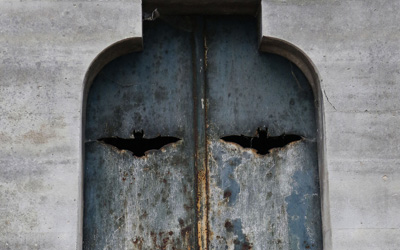Designs on Eternity
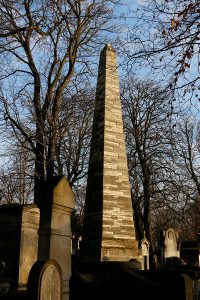 Who are the artists and architects of the afterlife?
Who are the artists and architects of the afterlife?
You would have to zigzag to every corner of Paris to see a comprehensive collection of the city’s important sculpture and architecture, reflecting periods and styles of art and design from early Roman times to the present.
Fortunately, the tombs in Père-Lachaise parallel this artistic growth and house all styles—all in one place, from the early 1800s onward. So, in addition to visiting the tombs of cultural icons, visitors can experience strolling through one of the world’s most remarkable open air museums of architecture and sculpture.
Alexandre-Théodore Brongniart won the commission to design Père-Lachaise Cemetery. No previous architect or landscape designer had been assigned such a vast and unprecedented undertaking—the first proper burial area for individual grave sites to be created outside of a churchyard. In conceiving the cemetery design, Brongniart maintained the garden-like setting of this former country retreat of Father Lachaise. Today, there are more than 5,000 trees throughout the landscape.
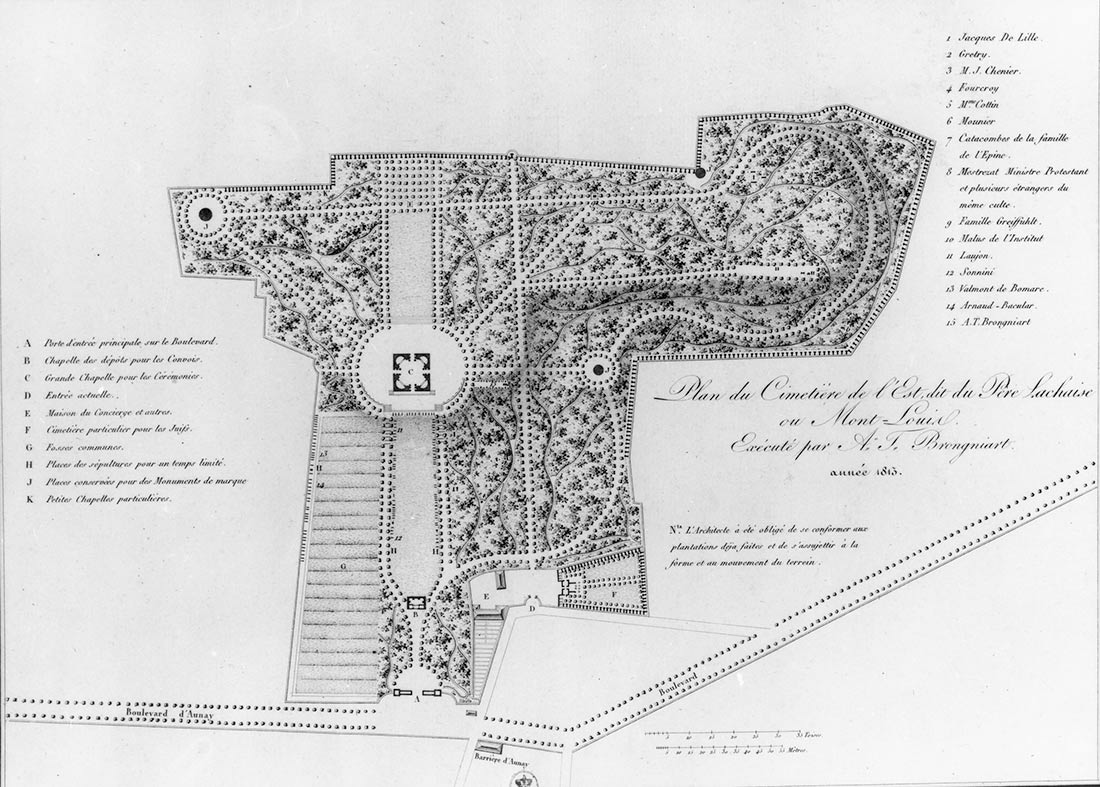
Even though it is a model garden cemetery, its layout is very urban—a cityscape with winding streets and directional signs. As a landscape architect, Brongniart was the ideal man for the job. His unique vision established Père-Lachaise as one of the most influential models of cemetery design of its kind.
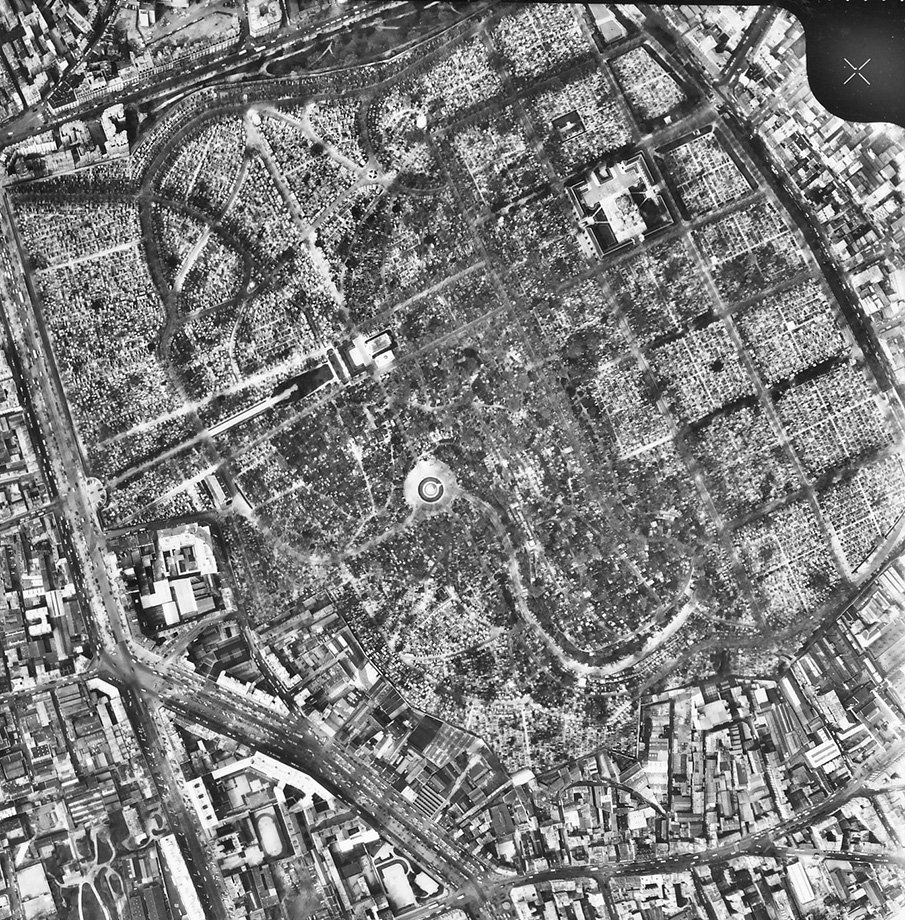
No expense was spared and no extravagance overlooked in creating what became a revolutionary concept in memorial parks, with statuary, chapels, and mausoleums designed by the leading artisans of the day, rivaling works in both museums and private collections.

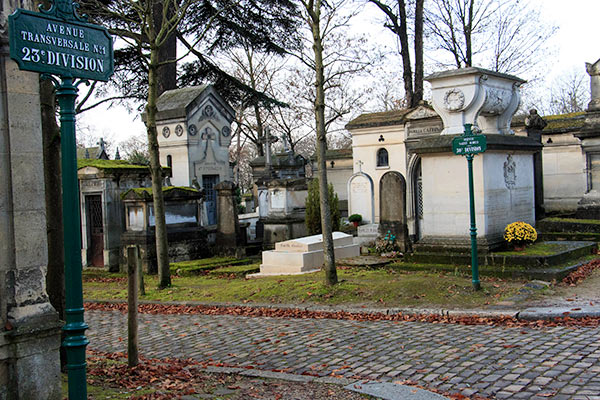
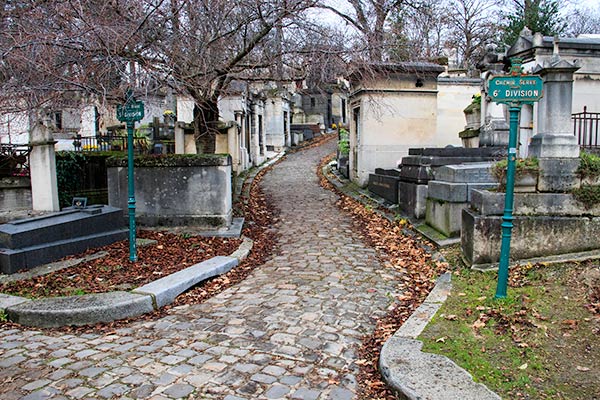
Patrons often paired architects with sculptors when commissioning a tomb, and thus Père Lachaise is a gallery of the leading examples of both art and architecture of the nineteenth century.
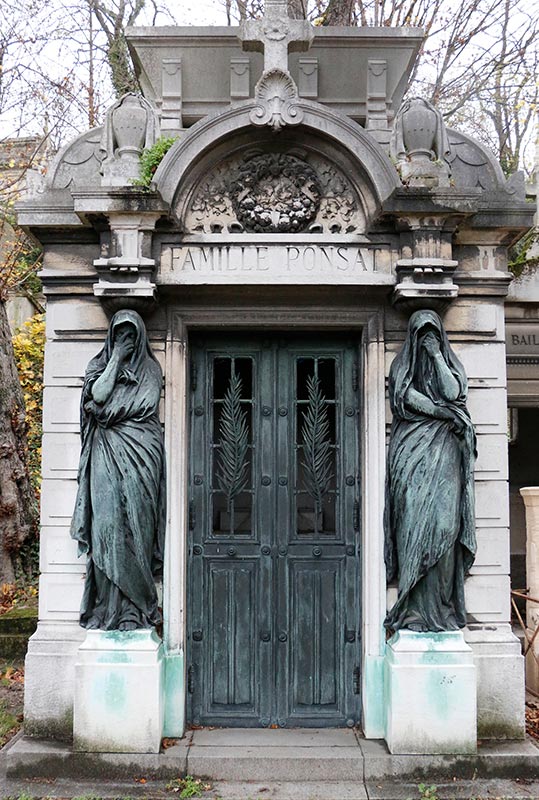
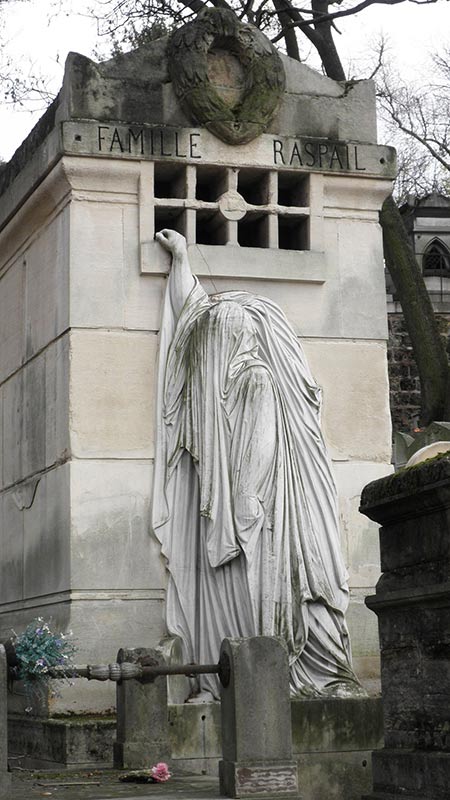
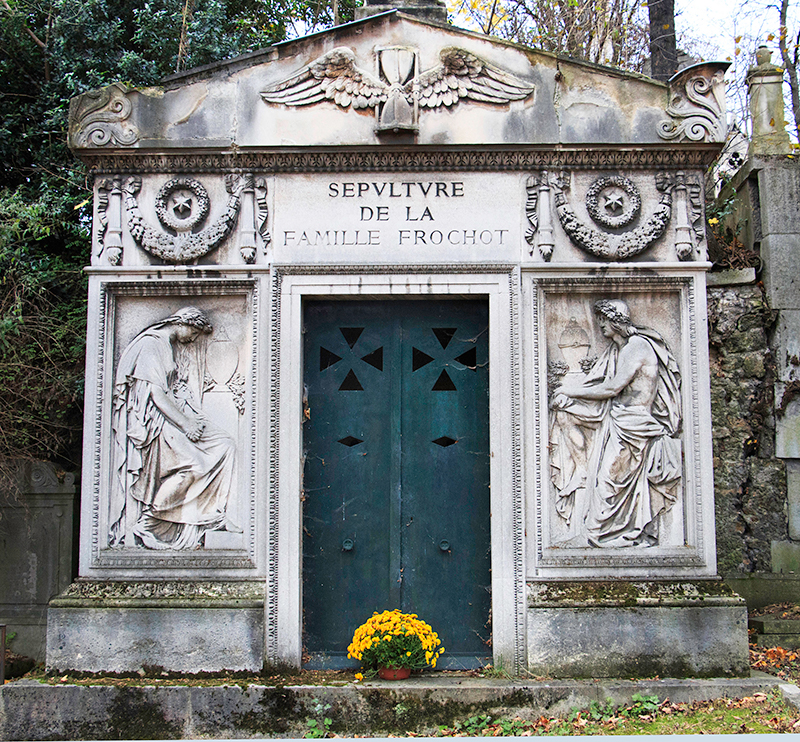
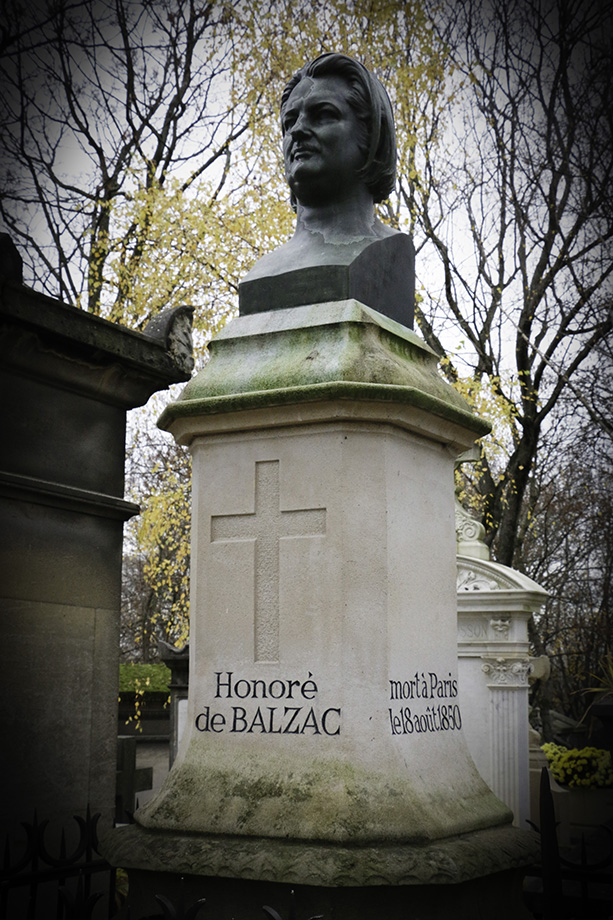
Artist David D’Angers created the bronze bust of Honoré de Balzac, and Antoine Étex the tomb of Théodore Géricault. The wooden entry gates to the cemetery’s most impressive portal at Boulevard Menilmontant were designed by architect Étienne-Hippolyte Godde. It consists of a horseshoe-shaped driveway with a pair of tall central gates topped by two carved medallions or wreaths, a symbol of wisdom or victory over death, bearing the classic funerary symbols of the torch (life’s flame) and the hourglass (the passing of time).



The eternal staying power and drama of funerary monuments appealed to the architects, designers, and artists who contributed to the mesmerizing environment of Père-Lachaise. Their use of funerary symbols such as draped urns, hourglasses, bats, skulls, and mourning figures on magnificent chapels and elaborately carved headstones not only echoed societal tastes, but also delivered on the promise of visceral awe and wonder in the land of the dead.
